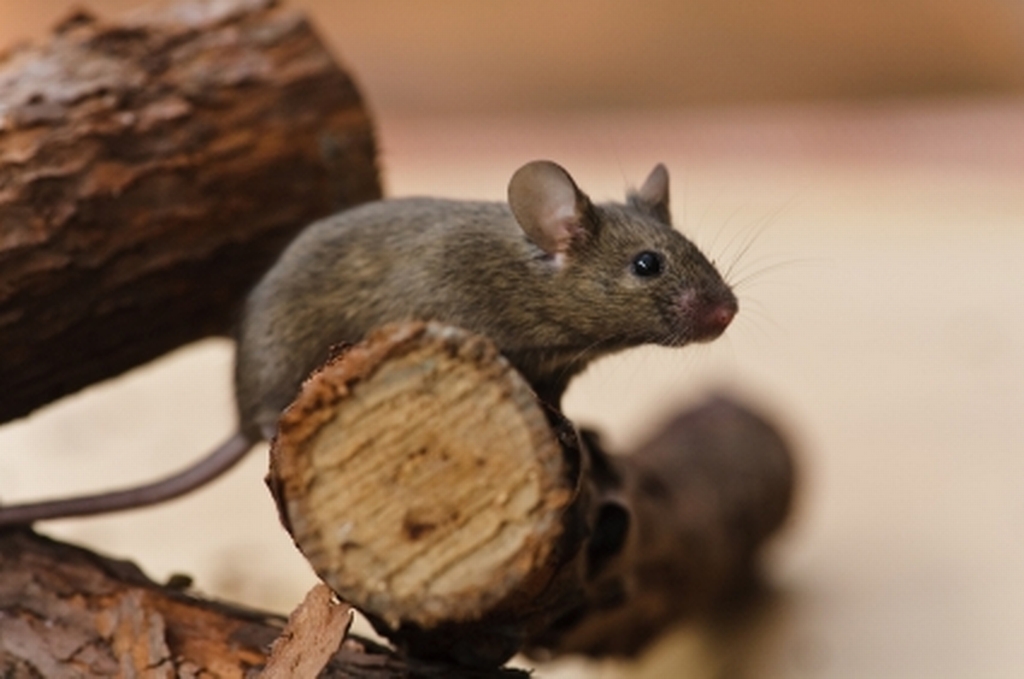Early Signs of Rodent Activity: What to Look For?
Share
The presence of rodents in a home or business can lead to significant problems, from health risks to structural damage. Recognizing the early signs of rodent activity is crucial for timely intervention. This article aims to educate the general public on how to spot these signs and take necessary actions.

Why Identifying Rodent Activity Early is Important
Rodents, such as mice and rats, are not just a nuisance; they pose serious health risks. These pests can contaminate food, spread diseases, and cause allergies. Moreover, their tendency to chew on wires can lead to electrical fires. Therefore, identifying their presence early can prevent potential hazards and save you from costly repairs.
Common Signs of Rodent Activity
Rodents are elusive creatures, often making their presence known through indirect signs rather than direct sightings. Here are some common indicators:
1. Droppings
One of the most telltale signs of rodent activity is the presence of droppings. These are typically found in places where rodents feed, such as pantries or kitchen cabinets. Mouse droppings are small and pellet-shaped, while rat droppings are larger and more cylindrical.
2. Gnaw Marks
Rodents need to gnaw on objects to keep their teeth sharp. You might find gnaw marks on food packaging, wooden structures, or electrical wiring. Fresh gnaw marks are lighter in color and become darker as they age.
3. Nests
Rodents build nests using shredded materials like paper, fabric, or insulation. These nests are often hidden in secluded areas such as behind appliances or inside walls. Discovering a nest is a clear sign of rodent infestation.
4. Unusual Noises
If you hear scratching or scurrying noises, particularly at night, it could be rodents moving about in walls or ceilings. These sounds are often more noticeable in quiet environments.
Advanced Signs of Rodent Activity
If the earlier signs are ignored, the infestation may escalate, leading to more severe indicators:
1. Strong Odors
A prolonged rodent presence can lead to strong, unpleasant odors caused by urine and droppings. This smell is often most noticeable in enclosed areas like cupboards or closets.
2. Grease Marks
As rodents travel along their routes, they leave behind grease marks from their fur. These marks are often seen along walls or floorboards.
3. Increased Pet Activity
Pets, such as cats and dogs, can often detect rodents before humans do. If your pet is suddenly more alert or focused on a particular area, it might be due to rodent activity.
Preventative Measures and Solutions
Once you confirm the presence of rodents, its essential to act quickly. Here are some effective strategies:
1. Sealing Entry Points
Rodents can enter through the smallest of openings. Inspect your home for cracks or holes and seal them to prevent entry. For more on humane trapping methods, read about how to catch mice humanely.
2. Setting Traps
Various traps are available, from snap traps to electronic ones. It's crucial to place them in high-activity areas. Discover more about noise-free rodent traps for a quieter option.
3. Professional Pest Control
In severe cases, hiring a professional pest control service might be necessary. They have the expertise to handle infestations effectively.
Conclusion
Recognizing the early signs of rodent activity is vital for maintaining a safe and healthy environment. By understanding these indicators and taking prompt action, you can protect your home or business from the adverse effects of rodent infestations. For further insights on preventing pests in rental properties, visit how to prevent pests in your Airbnb.

FAQ
What are the health risks associated with rodent infestations?
Rodents can spread diseases such as Hantavirus, Salmonella, and Leptospirosis through their droppings and urine.
How can I prevent rodents from entering my home?
Seal all entry points, keep food stored in airtight containers, and maintain cleanliness to deter rodents.
Are electronic repellents effective against rodents?
Electronic repellents can be a part of a comprehensive pest control plan, but it's best to combine them with other methods. Learn more about non-toxic electronic rodent repellents.
